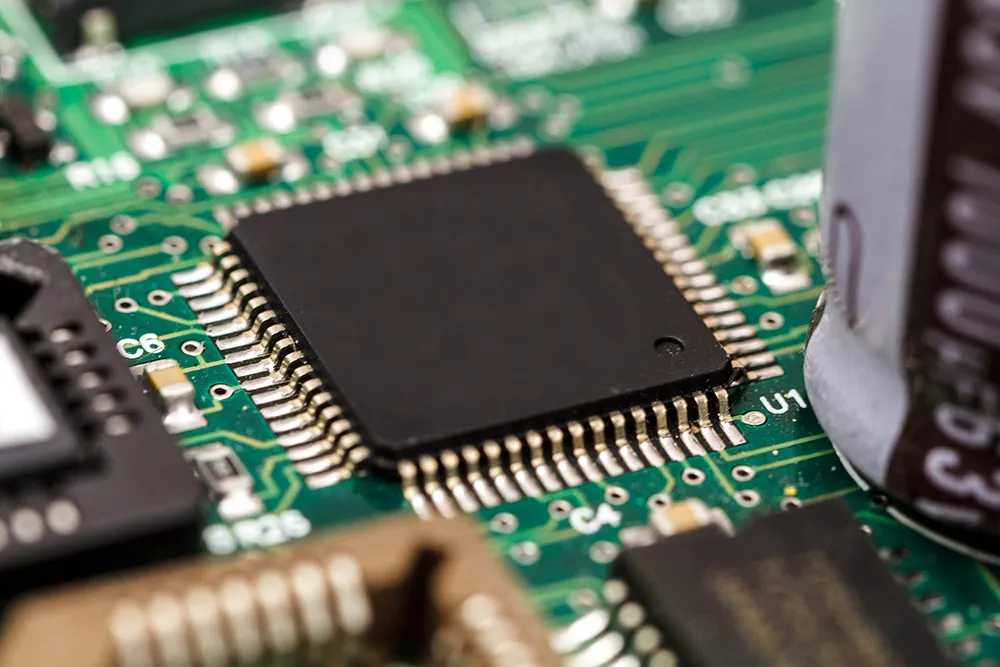Prof Dr Jochem Heizmann, member of the board of management of Volkswagen AG, who is to be responsible for the new ‘China’ board of management function, and Dr Michael Macht, board member responsible for Group production, have inaugurated a new plant for Shanghai Volkswagen (SVW) in Yizheng, Eastern China, together with Hu Maoyuan, chairman of SAIC Motor Corporation. The plant is designed for an annual production capacity of 300,000 vehicles.
August 1, 2012
Read time: 2 mins
Prof Dr Jochem Heizmann, member of the board of management of 994 Volkswagen AG, who is to be responsible for the new ‘China’ board of management function, and Dr Michael Macht, board member responsible for Group production, have inaugurated a new plant for Shanghai Volkswagen (SVW) in Yizheng, Eastern China, together with Hu Maoyuan, chairman of SAIC Motor Corporation. The plant is designed for an annual production capacity of 300,000 vehicles.
It was Heizmann who gave the green light for the new plant in July 2010, and he underlined the excellent cooperation with the Chinese partners throughout the entire project for the new plant. “With a construction period of two years, we are even opening our new facility in Yizheng earlier than planned. This is one of the most environmentally compatible plants of the Volkswagen Group. With advanced technologies and new production processes, we intend to continue to play an instrumental role in the future of China as an automobile country,’ Heizmann said.
Together with Hu Maoyuan (SAIC) and representatives of the government of Jiangsu Province, Heizmann started production of the Volkswagen Polo last week. As the second plant producing this model in China, Yizheng will make production considerably more flexible. It is also planned to produce Škoda models here in the next stage.
The People's Republic of China is the Volkswagen Group's largest sales market. In 2011, the company delivered 2.26 million vehicles to customers in China. In the first half of 2012, deliveries rose by 17.5 per cent to about 1.30 million units. With new products in line with market requirements, the objective of Volkswagen Group China is to increase annual production capacity to about four million units by 2018.
It was Heizmann who gave the green light for the new plant in July 2010, and he underlined the excellent cooperation with the Chinese partners throughout the entire project for the new plant. “With a construction period of two years, we are even opening our new facility in Yizheng earlier than planned. This is one of the most environmentally compatible plants of the Volkswagen Group. With advanced technologies and new production processes, we intend to continue to play an instrumental role in the future of China as an automobile country,’ Heizmann said.
Together with Hu Maoyuan (SAIC) and representatives of the government of Jiangsu Province, Heizmann started production of the Volkswagen Polo last week. As the second plant producing this model in China, Yizheng will make production considerably more flexible. It is also planned to produce Škoda models here in the next stage.
The People's Republic of China is the Volkswagen Group's largest sales market. In 2011, the company delivered 2.26 million vehicles to customers in China. In the first half of 2012, deliveries rose by 17.5 per cent to about 1.30 million units. With new products in line with market requirements, the objective of Volkswagen Group China is to increase annual production capacity to about four million units by 2018.








